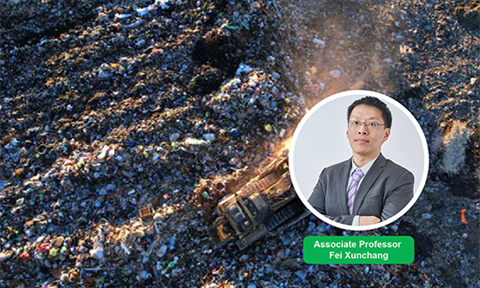A project proposal involving the utilization of soya bean powder for coastal protection is among those being considered for funding
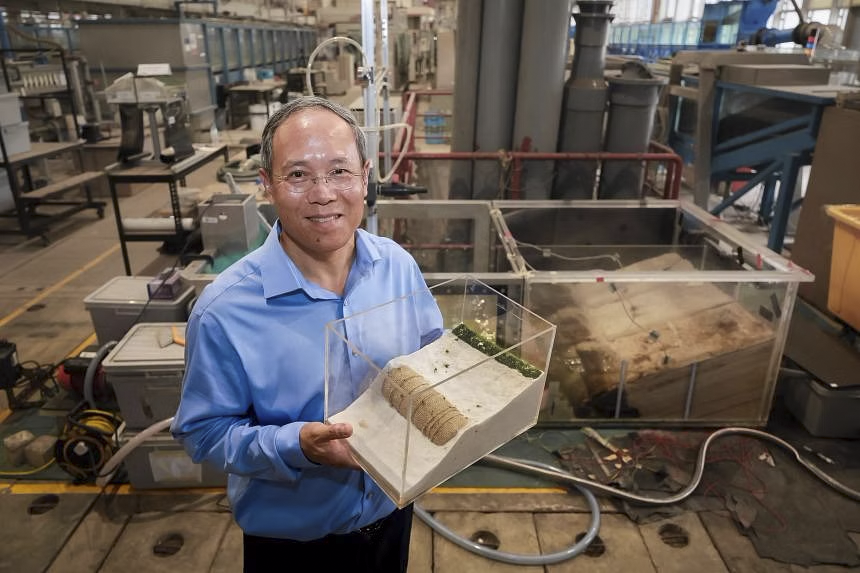
Professor Chu Jian from Nanyang Technological University (NTU) proposes an alternative approach to protecting Singapore's coastlines from rising sea levels. Instead of traditional concrete barriers, his vision involves reshaping and reinforcing flat beaches using natural materials like plant fibers, sand, and soya bean powder. Tube-like beams made from these materials would be used to shield the shoreline from strong waves. Over time, this method aims to allow sand and soil to accumulate, gradually elevating the beaches and creating a natural sea wall capable of adapting to higher sea levels.
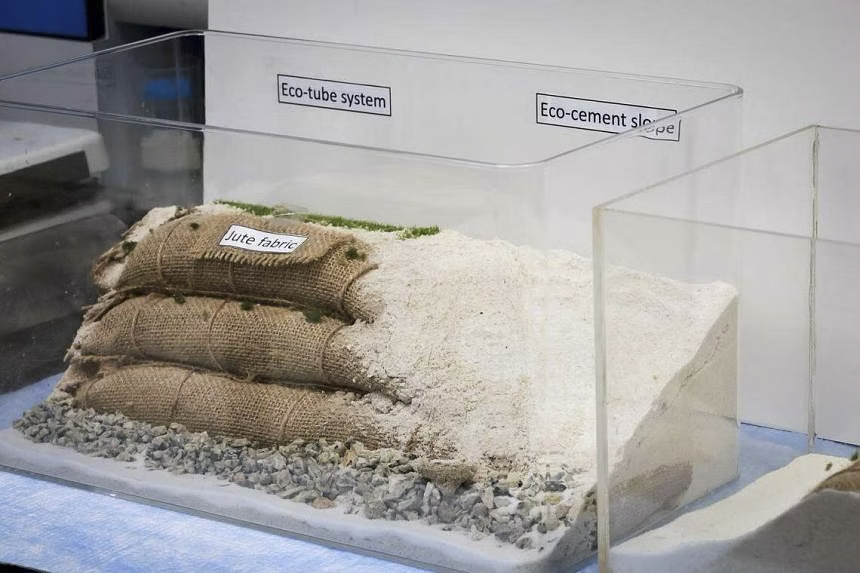
Professor Chu Jian's proposal is part of the second series of research projects chosen by Singapore's Coastal Protection and Flood Resilience Institute (CFI) to receive government support and funding. Minister for Sustainability and the Environment Grace Fu announced these new projects on June 20, 2024 during the inaugural Coastal and Flood Resilience Leaders Summit. This summit is integrated into the Singapore International Water Week conference, currently ongoing until June 22, 2024 at the Marina Bay Sands Expo and Convention Centre. Funding for these research initiatives under CFI is sourced from PUB's $125 million Coastal Protection and Flood Management Research Programme.
Professor Chu Jian, Chair of NTU's School of Civil and Environmental Engineering, advocates for nature-based beams as a coastal protection solution suitable for fragile ecosystems like mangroves and seagrass habitats. He highlights that traditional hard sea walls can harm coastal environments and hinder nesting creatures such as turtles from reaching parts of the beach.
His approach aims to elevate sandy beaches and soil levels, fostering the growth of coastal trees and mangroves whose roots can mitigate wave impact and retain sediment against rising sea levels.
“Once the barrier (beams) is there, the waves will bring in soil to the back of the barrier and accumulate there to form an elevated land,” said Prof Chu.
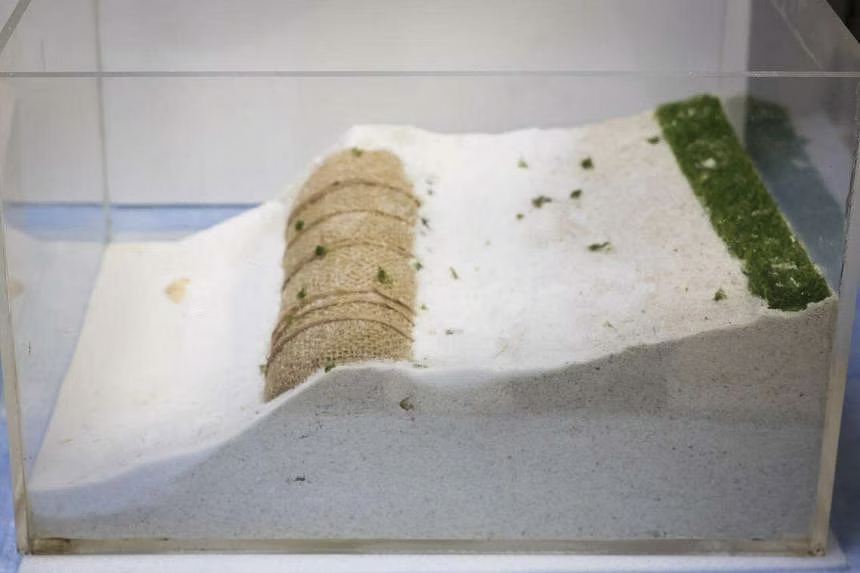
Through miniature wave lab simulations, Prof Chu predicts that a single layer of these beams along a coastline can eventually raise the shore by one meter.
Each beam, resembling a sandbag, features a thick outer layer made from plant fiber and is filled with a mixture of sand, soya bean powder, and calcium ions, forming an erosion-resistant "rock". Prof Chu has developed a prototype of this artificial rock. When seawater interacts with the beams, the natural fibres will decompose but ions from the water will reacts with it, in which strengthens it over a few years .
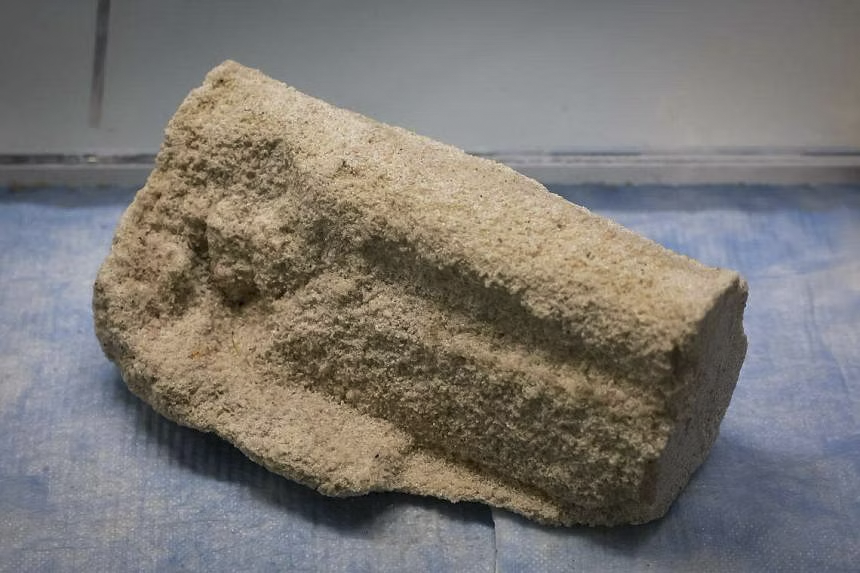
Within two years, Prof Chu plans to field-test prototype beams along shorelines to validate their effectiveness.
Credit: All photographs from Gavin Foo, The Straits Times
Related media releases


